[ December 26, 2003 - January 6, 2004 ]
The Canary Islands together with the Azores, Madeira, the Salvajes Islands and Capoverde form a biogeographical region known as Macaronesia. The archipelago of the Canary Islands lies in the Atlantic Ocean, 100 kilometres west of the African coast. It consists of seven large islands and four smaller ones. Beccy and I visited El Hierro and La Gomera, two islands belonging to the western group of Canary Islands.
Several habitats or ecosystems can be recognised in the Canary Islands, each with its own typical plants species and insects accompanying them. From an entomological point of view the most interesting habitats are the dry belt (Figure 1), the laurel-leaf woodland (Figures 2), pinewoods (Figure 3) and the highlands (absent from El Hierro and La Gomera).
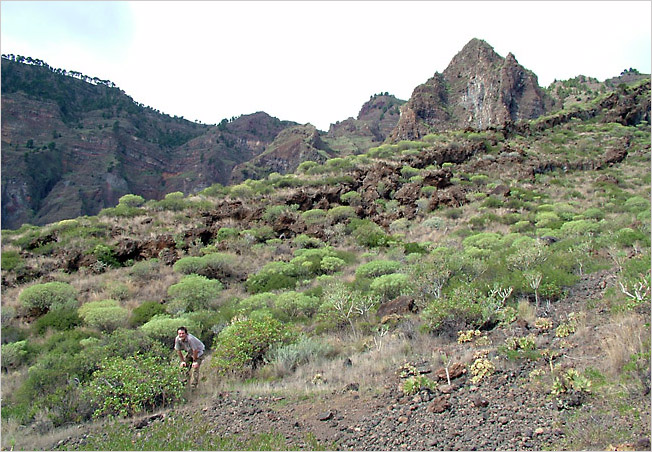
Figure 1 [Photo © M.Rejzek] Dry habitat in Canary Islands, El Hierro, Las Playas S Isora [N27°43' W17°57', 3 m, 29.XII.2003] 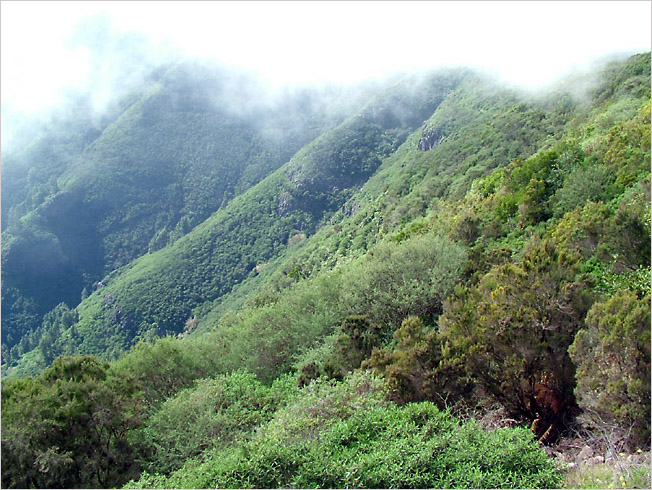
Figure 2 [Photo © M.Rejzek] Laurel-leaf woodland in Canary Islands, La Gomera, National Park Garajonay 
Figure 3 [Photo © M.Rejzek] Pinewoods (Pinus canariensis) in Canary Islands, El Hierro, El Pinar [N27°43' W17°59', 942 m] |
El Hierro is the western-most island of the Canaries. Although smaller in size and geologically younger than the other islands El Hierro supports a great number of insect species endemic to the Canary Islands. Some of them can only be found here. The weather at this time of year was changeable with sunny spells but frequent showers and fog formation. Day temperatures altered between 14 to 25 °C depending on altitude.
One of the most beautiful localities in El Hierro was situated near to the village of Isora (Figure 4). In this locality we found Deroplia hesperus (Wollaston), a species only known from El Hierro. Adults of this beetle were sitting on Rumex lunaria or Artemisia thuscula at night, or could be found hiding in old pupal cells during the day (Figure 5). Larvae of this species were found in dead twigs of the above mentioned hosts.
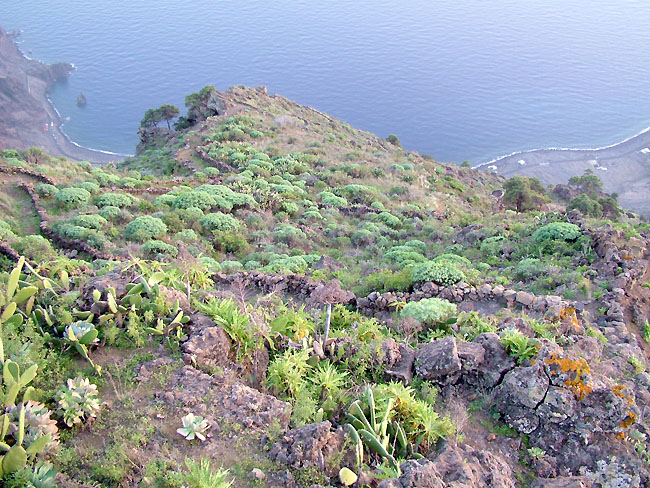
Figure 4 [Photo © M.Rejzek] Canary Islands, El Hierro, Mirador de Isora in Isora [N27°44' W17°57', 720 m] 
Figure 5 [Photo © M.Rejzek] Artemisia thuscula, host of Deroplia hesperus Canary Islands, El Hierro, Las Playas S Isora [N27°43' W17°57', 3 m] |
Another species endemic to El Hierro, Deroplia costigera (Demelt), was found here on Kleinia neriifolia. Adults of this beetle sit on living plants at night or hide in dead stalks and branches of the host during the day.
Besides these two species Deroplia annulicornis (Brullé), a species found in several other islands within the archipelago, was very frequent here. Adults were found sitting on terminal buds and living or dead twigs of Ficus carica or on Kleinia neriifolia.
The western coast of the island turned out to be very interesting as well. In a place called Punta de la Dehesa we found another species endemic to El Hierro, Deroplia schurmanni Sama. The species develops in dead tissues (Figure 6) of various Euphorbia species such as Euphorbia regis-jubae or Euphorbia balsamifera. In Euphorbia regis-jubae larvae of Deroplia schurmanni Sama were accompanied by Lepromoris gibba (Brullé), a species found in all of the Canary Islands. The west facing slopes of El Hierro are undoubtedly the most beautiful part of the island. Here, extensive areas of intact habitat support a number of juniper trees (Figures 7a & 7b). Delagrangeus (Gertius) schurmanni Sama is associated with this tree and indeed we managed to find old larval galleries in dead terminal twigs. No larvae however.

Figure 6 [Photo © M.Rejzek] Larvae of Deroplia schurmanni and Lepromoris gibba develop in dead tissues of Euphorbia regis-jubae Canary Islands, El Hierro, Punta de la Dehesa NW Sabinosa [N27°46' W18°08', 20 m] 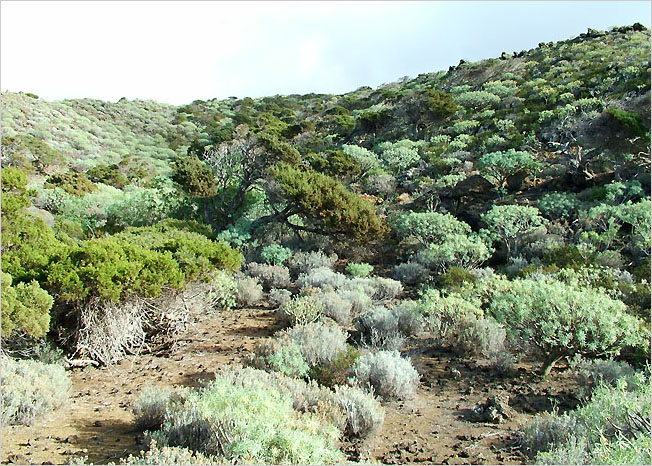
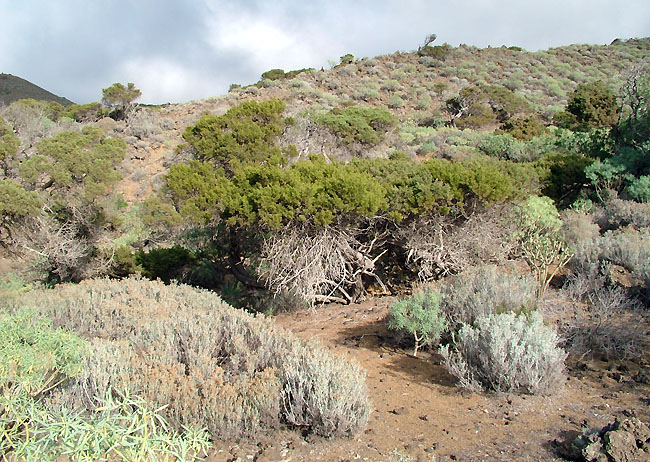
Figure 7a and 7b [Photo © M.Rejzek] Canary Islands, El Hierro, La Dehesa W Sabinosa |
Charco Manso in the very north of the island is another very nice place (Figure 8) worth mentioning. Here in a dry habitat with Euphorbia balsamifera and some Euphorbia regis-jubae in higher altitudes Deroplia schurmanni and Lepromoris gibba were recorded again. Deroplia annulicornis was common in the north and adults were found in dead stalks of Kleinia neriifolia.
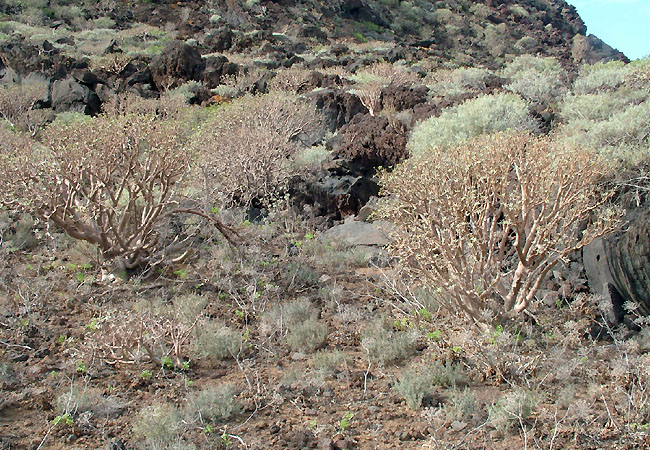
Figure 6 [Photo © M.Rejzek] Dry habitat with dominant Euphorbia balsamifera Canary Islands, El Hierro, Charco Manso NW Valverde [N27°51' W17°55', 16 m] |
From El Hierro's airport in Valverde we flew to Tenerife and took a ferry to our next destination, the island of La Gomera. We stayed in a small village La Vizcaína in Valle Gran Rey (Figure 9). This place turned out to be an excellent locality for Deroplia gomerae Sama, a species only known from this island. Adults were recorded at night on their hosts and larvae were found in dead tissues (tiny twigs usually). The beetle was frequent and very polyphagous and could be found in Argyranthemum sp., Foeniculum vulgare Mill., Artemisia thuscula, Amygdalus sp. and Ficus carica L. Deroplia albida (Brullé) was found in dead stalks of Euphorbia regis-jubae in this locality as well (Figure 10).

Figure 9 [Photo © M.Rejzek] Canary Islands, La Gomera, La Vizcaína in Valle Gran Rey [N28°07' W17°18', 327 m] 
Figure 10 [Photo © M.Rejzek] Dead stalk of Euphorbia regis-jubae with an exit hole and larval galleries of Deroplia albida Canary Islands, La Gomera, La Vizcaína in Valle Gran Rey [N28°07' W17°18', 327 m] |
In Alojera (Figure 11) and Vallehermoso situated in the north-west of the island we discovered several places with abundant Juniperus turbinata Guss. ssp. canariensis (Guy.). In recently dead branches of this tree we found adults and some pupae and larvae of Delagrangeus (Gertius) schurmanni. Deroplia albida was recorded from dead stalks of Euphorbia aphyla in this locality as well.

Figure 11 [Photo © M.Rejzek] Juniperus turbinata canariensis, Canary Islands, La Gomera, Alojera [N28°10' W17°18', 557 m] |
Blabinotus spinicollis Wollaston is another interesting species present to this island. We discovered this beetle in dead branches of Laurus azorica (Seub.) Franco just outside of Hermigua. The species does not seem to tolerate the high moisture content of branches lying on the ground. The insect prefers branches within the canopy or even better, new shoots of the host growing in shady positions. Only occasionally when such branches break, the insects can be found in highly moist wood. Some adults hatch in December and appear later in February but the main part of the population occurs in August.
